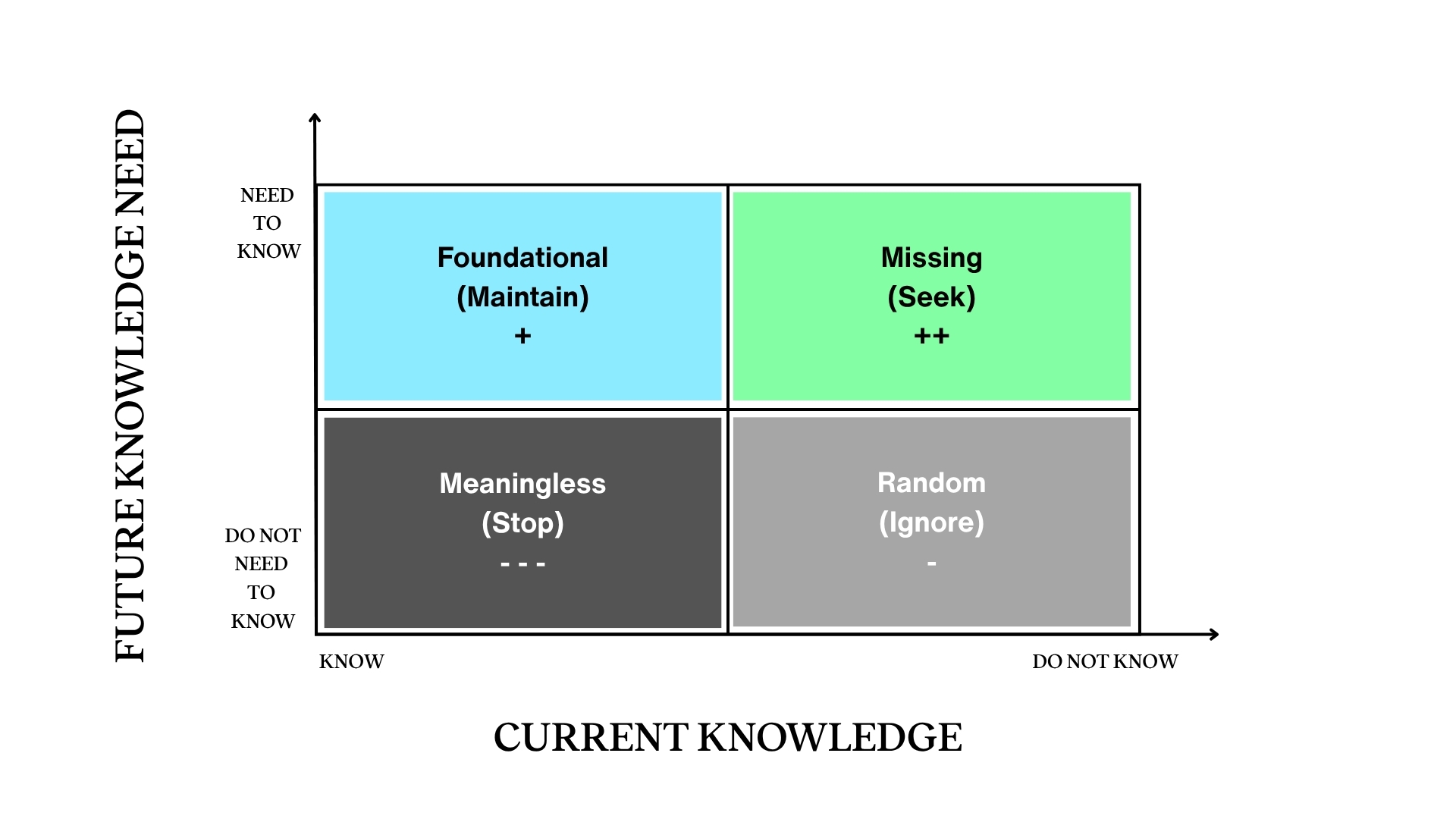In my last article, I explored the power of Powerful Questioning, an approach to asking questions that drives clarity and uncovers deeper truths. But what happens before you even start asking those questions? How do you ensure you’re focused on solving the right problem in the first place? Enter IWIK™: “I wish I knew.” It’s not just a phrase; it’s a mindset and a methodology designed to frame problems with precision.
If you’ve ever found yourself overwhelmed by data or stuck in analysis paralysis, IWIK is the tool you need. It’s deceptively simple but profoundly transformative. Let’s break it down.
Why framing problems matters more than you think
The quality of your decisions is directly tied to how well you frame the problem. Yet, too often, we rush into solution mode without fully understanding what we’re solving for. We default to our own experiences, make assumptions, and rely on data without context. The result? Slow decisions. Wrong decisions. No decisions. Misaligned priorities, wasted effort, and poor outcomes that could have been avoided if you saw the bigger picture.
IWIK forces you to pause and ask the most fundamental question: What do I wish I knew to make the best decision possible? This isn’t just about curiosity—it’s about clarity. The use of the word ‘wish’ is purposeful. It is designed to remove any constraints, biases, and assumptions. I call it the ‘dream the impossible dream’ question. Don’t worry about timing, costs, data availability, or anything else that might hold you back. In a perfect world, if you were able to answer any question to inform a current project, what would that be? What do you wish you knew?
It will help identify knowledge gaps, enabling you to focus your efforts on what truly matters and avoid drowning in the sea of data.
IWIK: A tool for intentional inquiry
IWIK is a structured process to help you uncover the root of an issue, what Aristotle called the “first principle.” It’s designed to clarify priorities, expose knowledge gaps, and reveal biases that could derail your decision-making. It pushes past the limits of your subjective experience, opening a wider field of view.
This is how it goes:
- Ask: Start by gathering the right people and posing the IWIK question: What do you wish you knew? This isn’t about finding answers yet—it’s about surfacing the essential questions that will guide your efforts. The goal here is to identify what’s missing, the critical unknowns that need to be addressed to make better decisions.
- Brainstorm: Encourage expansive thinking without constraints. Small groups work best in this phase, as they create a safe space for open dialogue and imaginative exploration. These intimate settings allow participants to share ideas freely, fostering creativity and candor that might not emerge in larger group discussions.
- Capture: Document every IWIK statement. No filtering, no judgment, and no premature analysis. The focus here is on collecting as much input as possible. Patterns and insights will naturally emerge later during the synthesis phase, so resist the urge to organize or evaluate too early.
- Deliberate: Organize and synthesize the IWIKs to identify recurring themes, prioritize must-haves versus nice-to-haves, and map out what’s critical to moving forward.
The power of asking “what do I wish I knew?”
When you ask IWIK, something remarkable happens. At first, there’s silence, the kind that feels awkward but is actually productive. Then, slowly, the energy shifts. People begin to articulate what they don’t know but need to know. They let go of the pressure to have all the answers and instead focus on the questions that matter most.
This shift is where the magic lies. IWIK liberates teams from the constraints of familiar data, budgets, or timelines. It invites them to think expansively and prioritize strategically. And when done well, it transforms meetings from performative reporting sessions into dynamic problem-solving workshops.
Turning questions into action: the IWIK knowledge matrix
Once you’ve collected your IWIKs, the next step is to make sense of them. Enter the IWIK Knowledge Matrix™, a simple two-by-two grid that helps you categorize what you know, what you don’t know, and what you actually need to know to make the best decision.
- X-Axis: What you currently know vs. what you don’t know.
- Y-Axis: What you need to know vs. what you don’t need to know.

This matrix acts as a filter, cutting through the noise and focusing your team’s efforts on the most critical data. It’s a practical tool to guide data discovery, prioritize tasks, and ensure alignment across stakeholders.
Why IWIK works in high-stakes environments
When decisions need to be made quickly and confidently, IWIK offers a way to think deeply without losing momentum. It prevents teams from falling into the traps of over-researching or under-framing. Instead, it provides a clear roadmap for navigating complexity and the data deluge.
Here’s what changes when you adopt IWIK:
- Less subjectivity, more reasoning. You’re no longer held back by the biases and habits (we all have them) that undermine your ability to solve a problem.
- Fewer distractions, sharper focus. By identifying what truly matters, you eliminate unnecessary noise and duplicative efforts.
- Better understanding, faster decisions. Once you understand the components of a decision, you can quickly start to solve it.
From “I think” to “I know”
IWIK isn’t just a tool. It’s a cultural shift. It encourages teams to embrace uncertainty, ask better questions, and challenge their assumptions. It’s not about having all the answers upfront, it’s about knowing which questions will lead you there.
So, before your next big decision, ask yourself: What do I wish I knew?
- Because at the end of the day, the best decisions aren’t about data or intuition. They’re about intentional inquiry—the kind that starts with a single, powerful question.
If your team is struggling to cut through the noise and align on what really matters, it might be time to introduce IWIK into your decision-making process. I’d love to hear what you wish you knew about your toughest challenges.
Christopher Frank, CEO, PSB Insights



